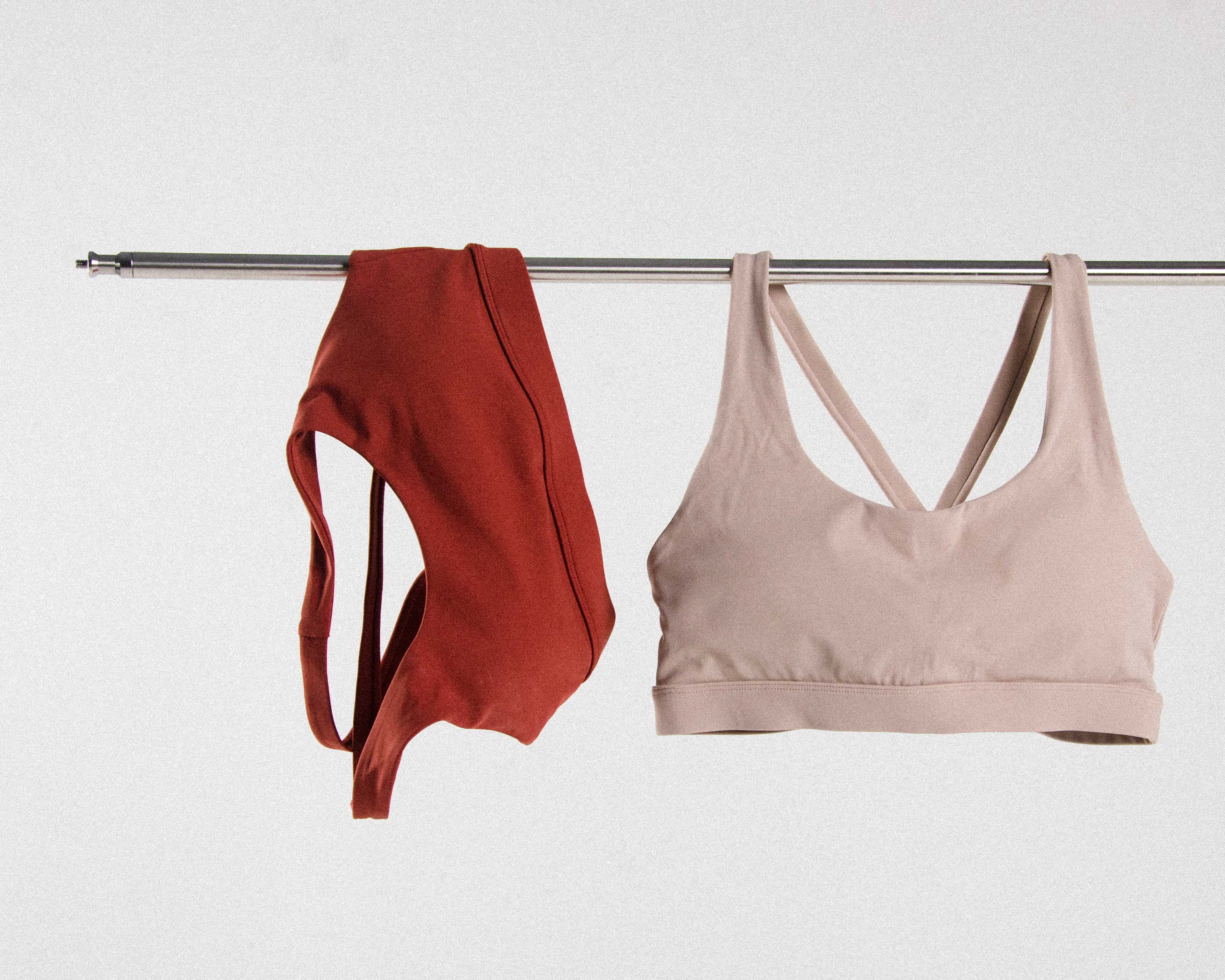Working Out and Training Throughout Your Menstrual Cycle

Do you experience pre-menstrual symptoms like bloating, fatigue, cramps and mood-swings?
If so, you're not alone!
Some of us, if not most, struggle through our training, or maintaining consistent workout habits at different times of the month.

And there's absolutely no shame in that!
If anything, our body is amazing. Every month, our body experiences a natural rise and fall of different hormones, purposefully orchestrated to prime the womb for pregnancy.
And as amazing as it is, let's face it -- it can be a little too inconvenient.
Studies have shown that we experience fluctuations in strength, metabolism, inflammation and even injury risks as a result of hormonal changes throughout our cycle!
This is why most of us do experience symptoms like cramps, mood-swings, fatigue, closer to or during our period.
But before we continue, we'd like to preface that every body is different. What we hope to achieve by sharing this, is so that we can better understand our body and the phases of our cycle. With this knowledge, we can better tailor our workouts and adapt our exercise routines to suit our body, and importantly, mind.

In picture: Unrestrained Bra (Back Clasp) and Everywear Leggings (High Rise)
The phases of our cycle
1) The follicular phase: The time between the first day of your period and ovulation. Typically days 1-11 of your cycle.
2) Ovulation: Halfway through your cycle when an egg is released from the ovary. Typically days 12-19 of your cycle.
3) The luteal phase: This is the time between ovulation and before the start of menstruation, where your body prepares for a possible pregnancy.
The early follicular phase
The beginning of your cycle, while you are menstruating.
You may be dealing with symptoms like cramps and lethargy. Depending on how you feel, you can choose to do light exercises or some stretches. Some research shows that exercising can be helpful during your period.
Our advice?
Be kind to yourself and do what feels best for you. It can be a yoga class, or a light-intensity workout, or even taking it easy and rest throughout.

In picture: Unrestrained Bra (Back Clasp) and Everywear Leggings (High Rise)
Mid-late follicular to ovulation
During follicular phase, our body creates a hormone known as FSH - which signals to the ovaries to create eggs for the ovulation phase. Your estrogen also starts to rise during this phase.
This is the phase that is typically associated with increased energy and even pain tolerance!
Typically, this is the best time to make use of your increased energy to challenge yourself, train heavy, as well as to try new things in your exercise routine!
Continue to perform high-intensity exercises, strength training, or even switch up the style of cardio you do!

In picture: Unrestrained Bra (Back Clasp) and Everywear Leggings (High Rise)
The luteal phase
The last phase of your menstrual cycle, before menstruation.
Typically, this is the time when you will start experiencing a decline in your energy levels. This is characterised by a peak in progesterone levels.
During this period, of course you can choose to continue with your workouts as usual, but you may experience some difficulty with completing them with the same intensity.
You can choose to incorporate yoga and/or pilates to still build overall strength and at the same time, to release muscle tension. Or try out low-intensity cardio training (light jog, swim, long walk).

In picture: Back To Basics Cami and Cloud Leggings (Classic)
Tracking your cycle is a great way to stay on top of your health, and understand your hormonal fluctuations, but we want to emphasize that at the end of the day, there is no one-size-fits-all approach.
Do what feels right for you, and you can only know this through trial-and-errors. Only you know your body best.
And remember that any kind of exercise - even if it's just a gentle one - is great for your health in the long run!
0 comments


